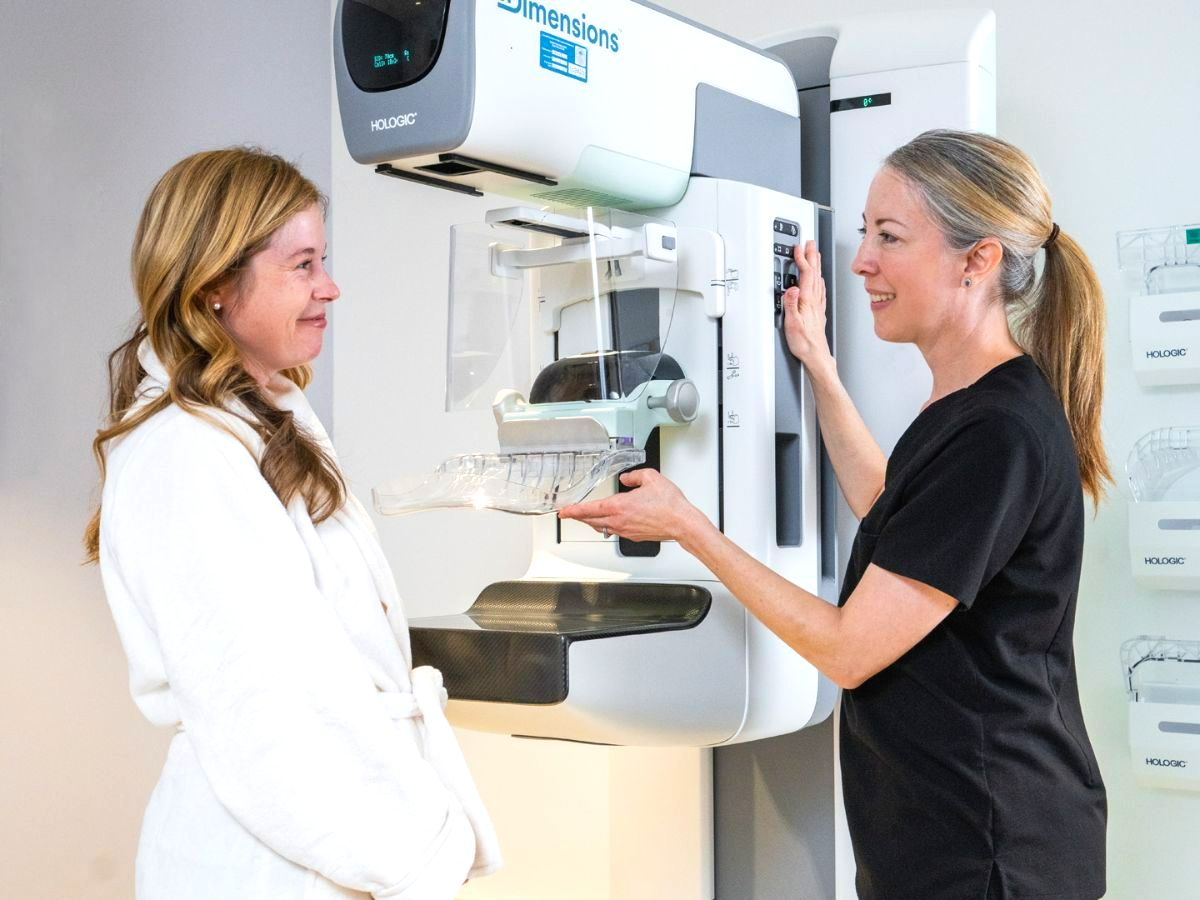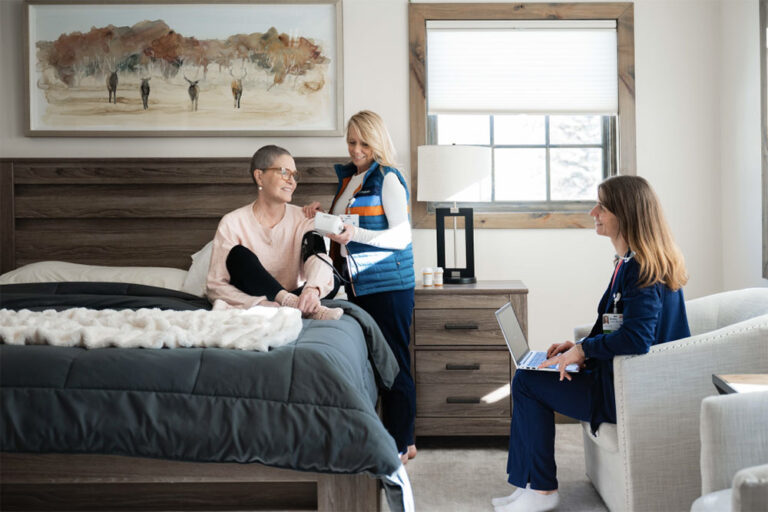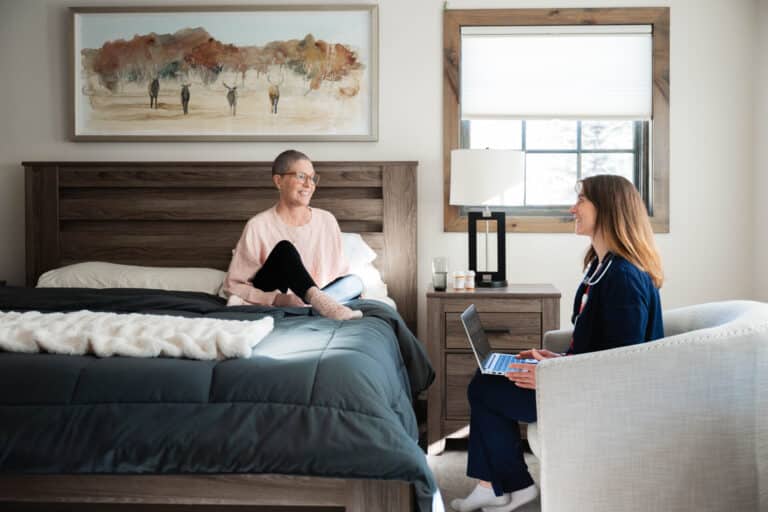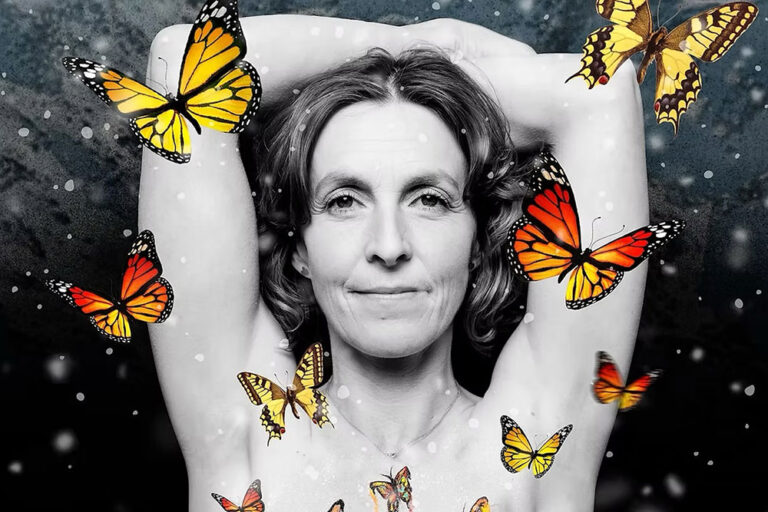Cancer: Closing the Care Gap

Cancer is an equal opportunity disease — it can affect anyone, regardless of their economic situation, race, ethnicity, sexual orientation, gender, or address. But unfortunately, cancer care isn’t always equitable. On February 4, 2022, World Cancer Day kicked off a multi-year campaign to highlight those disparities and take action to ensure that everyone has access to quality cancer care.
Although the overall risk of cancer death is lower than decades earlier, longstanding race and geographic inequity continue to negatively impact cancer detection and treatment in the United States.
Cancer Care Begins with Cancer Screening
Disparities in cancer care include all aspects of care, beginning with cancer screenings. Early detection is crucial to diagnosing cancer at its earliest stages. Early detection and diagnosis improve cancer outcomes by providing care at the earliest possible stage, increasing survival rates. Conversely, delays in cancer care or inaccessibility to cancer screening can decrease survival rates, make treatments more extensive, and increase the cost of care.
Yet, it can be challenging for people without health insurance or paid leave from work to take preventive measures, such as cancer screenings. Those types of obstacles make people more vulnerable and more likely to be diagnosed with late-stage cancer that, diagnosed earlier, might have been treated more effectively.
Disparities in Cancer Care
There are multiple barriers to obtaining quality cancer care, ranging from where a person lives to what they do. Referred to as social determinants of health, these are factors that can make a significant difference in who receives care for cancer prevention, diagnosis, and treatment. While there are numerous disparities that exist, here are a few.
Socioeconomic Status
Financial circumstances are a significant factor in cancer care disparities. While accessing care is more difficult for people without health insurance, it can also be an issue depending on their type of insurance. There are government-based initiatives available for the uninsured and underinsured; however, financial hardships due to out-of-pocket expenses are also a concern, regardless of insurance status.
Non-medical expenses can also be a consideration. For example, a person undergoing cancer treatment might not be able to work but may still be responsible for rent or mortgage payments, utility bills, groceries, etc.
Fortunately, residents of Eagle County can rely on assistance from the Shaw Cancer Center Patient Assistance Fund to help with those financial burdens so patients can focus on what’s most important — restoring their health and well-being. These funds are made possible through generous donations from Vail Health Foundation’s benefactors.
Geographical Location
Where a person lives can also be a factor in cancer disparities. For example, people who live in rural communities or those without transportation to a medical facility for screening or cancer treatments are also at risk. Further complications can arise when people travel long distances for treatment, such as finding dependable childcare and time off from work — all added expenses.
In the past, those living in our mountain community experienced difficulty receiving cancer care due to geographic limitations. Now, the Vail Health Shaw Cancer Center has alleviated that challenge.
In addition, the generosity of donors has enabled the development of Jack’s Place, a cancer caring house, located directly adjacent to the Shaw Cancer Center, for patients receiving treatment. The lodging also provides various amenities that treat the mind, body, and soul, in addition to housing accommodations.
Minority Populations
Minority groups often face additional barriers when accessing basic health services, including cancer care.
Racial and ethnic inequities in cancer care can largely be attributed to historical systemic and persistent structural racism and discriminatory practices in the United States. The statistics in the American Cancer Society’s Cancer Facts & Figures 2022 report that:
- The risk of cancer death is 33 percent higher for Black people and more than 50 percent higher for Native Americans and Alaska Natives when compared with white people.
- Among women, breast cancer death rates differ by race, with Black women having a 41 percent higher death rate from breast cancer than white women, even though Black women have a 4 percent lower rate of breast cancer incidence.
In addition, a person’s sexual orientation or gender may drive them away from timely cancer care for fear of condemnation and discrimination. That fear may also lead to a tendency to self-medicate, engaging in behaviors that can increase cancer risks, such as substance abuse and tobacco use.
We Can All Eliminate Barriers to Cancer Care
There are many ways to continue to shrink the existing gaps in cancer care. We can all work together to close the cancer gap. Nothing should hamper a person’s ability to get quality cancer care, and you can start to make a difference on World Cancer Day!
You can also make a difference 365 days a year. Your gift to the Shaw Cancer Center ensures that quality cancer care is available to all. In addition, your contribution to the Shaw Center Patient Assistance Fund can help relieve the stress of a financial burden by those in treatment. And, your generosity to Jack’s Place means that patients and their caregivers have a caring house they can depend on during treatment.


